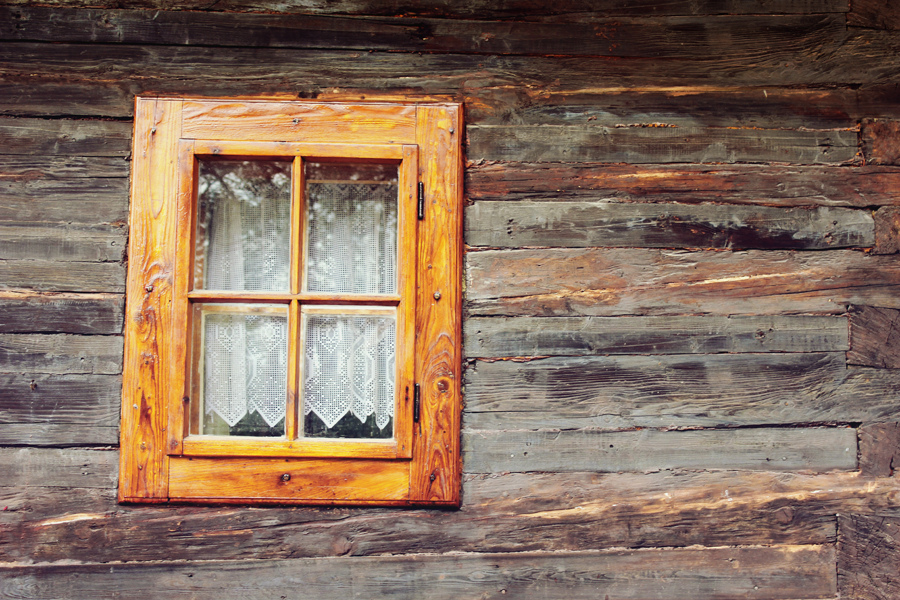How to choose a good Champagne?
Champagne is a sign of success, the go-to drink of celebrations, anniversaries and other happy occasions. But how do you know which champagne to choose – and what is the difference between champagne and other sparkling wines?
Technically speaking, champagne can only be called such if it was produced in the Champagne area of France. It must also be made from a blend of permitted wine grapes. These rules – and many more – were laid out by the CIVC, Comité Interprofessionnel de Vin de Champagne, the body with the authority to permit the naming of champagne.
In appearance, champagne is a pale wine, usually white or rosé, with masses of bubbles. Other wines with bubbles – known as sparkling wines – do exist, but as mentioned above, they must meet the specific rules in order to be called champagne. If you are an aficionado of cava, prosecco or asti, then you may already be predisposed to enjoy champagne too. Champagne tends to be a drier wine as too much sugar in the wine will prevent the proper formation of the bubbles. This is not to say that all champagne is dry or very dry – respectable champagne can come in semi-doux or 'half sweet'.
But how to choose a champagne, or, at the very least, know if you are getting what you are paying for? We’ve asked our friends at 31Dover what to look out for when choosing the perfect champagne.
Young champagne is light in colour, while older wine becomes darker with time. This is useful if an unscrupulous vendor is trying to pass off a younger wine (which could be fairly sharp and harsh on an amateur palate) as an older, and therefore more expensive vintage. When you are going to choose a champagne for an occasion, do plan your purchase early and do some research before you start shopping in earnest. Find one or two oenophile blogs and follow them, paying particular attention to the advice on recognising and choosing good wines. Attend wine tastings and listen to the expert's advice – some people think of wine tastings as a great way to chuck back lots of wine, instead of opting for quality over quantity and learning to recognise the difference between a great wine and a merely acceptable one.
Continuing on the theme of the appearance of the champagne, the bubbles should form a froth on the top of the champagne. This mat of tiny bubbles is called a 'mousse' and a good champagne will have a discernible mousse. Further, the bubbles in the champagne should be very fine and small with more of a fizzing action, rather than large vigorous bubbles that actively disrupt the surface of the glass.

Finally, what should champagne be drunk out of? Many years ago, champagne was served in wide-bowled glasses (called coupe glasses), but over time this morphed into narrow champagne flutes, tulip-shaped glasses that were preferred, so experts claimed, because they retained more of the bubbles and because they directed all the flavours and tastes of the wine into the consumers mouth.
It is said that champagne, and other sparkling wines, are favoured because the bubbles carry the flavour into the back of the mouth before bursting and releasing the bouquet near the back of the nose. This enhances the flavour of the wine as it is our sense of smell that 'carries' a flavour or taste properly to the brain – apparently if your nose is completely blocked, with no trace of the ability to smell, you can eat an onion like an apple, and might even believe that you are eating an apple as the textures of the two are very similar once the pungent onioniness has been taken out of the equation!
Disregarding onions (which do not go well with champagne!) the correct glass to choose is one that enables the bubbles to carry the full flavour into the mouth, while still allowing you to take in a decent mouthful of the wine. This means that a good champagne glass is best drunk from a glass somewhere between a coupe – which might allow too many bubbles to escape – and a tulip – which can be too narrow to easily drink from.
The truth is, once you have adjusted your choices to suit your preferences and your budget the best champagne is the one that you like the most.